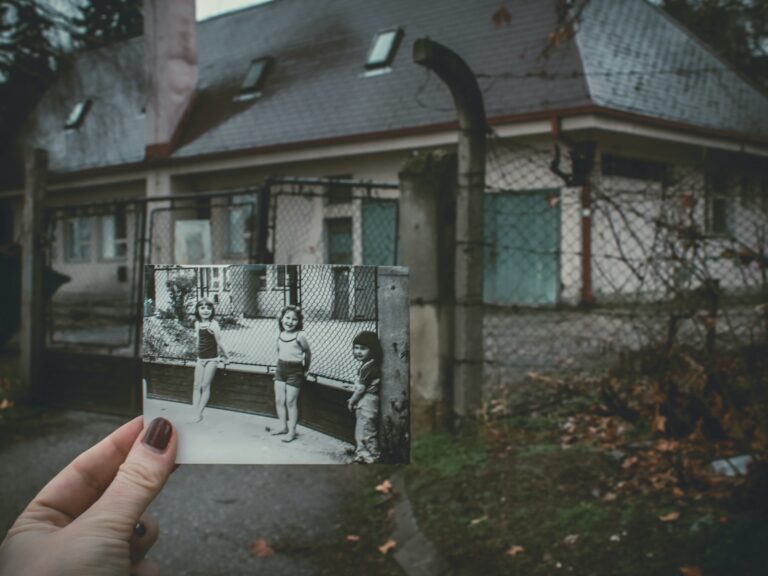World Building 101: How to Transport Your Readers to Another Realm
We know that as a beginning author, you might feel overwhelmed by the task of building a world for your story. But, fear not, because we’re here to help you every step of the way. Building a world for your story might seem like a daunting task, but it’s also one of the most rewarding parts of fiction writing. Creating a rich and immersive world will transport your readers to another realm and keep them invested in your story. So, let’s get started with these essential steps.
What is World-Building?
First, let’s define what we mean by world-building. In fiction writing, world-building is the process of creating an imaginary world, often for a fantasy or science fiction story. This includes everything from the setting and geography to the people, culture, and history of your world. It’s what make the world unique and believable.

How to Build a World
Step 1: Develop a Concept
To begin world-building, you need to have a concept in mind for your story. This could be a unique idea, a particular theme, or a compelling story you want to tell.
Step 2: Create the Setting
The setting of your story is crucial to world-building. It includes everything from the physical location and landscape to the climate and environment in which your story takes place. Consider how the geography and climate affect the story and make it feel real to readers.
Step 3: Develop the Culture
The culture of your world includes the beliefs, values, customs, and social norms of the people who live there. This will help you create more immersive and believable characters and storylines.
Step 4: Establish the History
Your world’s history includes the events and conflicts that have shaped its current state. This will provide context for your story and help keep it consistent.
Step 5: Create Believable Characters
The characters in your story are an integral part of world-building. They should fit seamlessly into the world you’ve created and help bring it to life. Give them unique personalities, backgrounds, and motivations.
Step 6: Use Details to Bring Your World to Life
Small things can make a big difference in making your world feel real to readers. Use sensory details like smells and textures, as well as small details like the types of food your characters eat or the clothes they wear.
Step 7: Keep Your World Consistent
Consistency is key to creating a believable world. Be sure to maintain consistency in your world-building details, such as the laws of physics and the rules of magic.

Frequently Asked Questions

Final Thoughts on World-Building
World-building is an essential part of fiction writing. By following these steps, you can create a rich and immersive world for your story that will keep readers invested and coming back for more.
For more information about World-Building, check out my 10 tips.






